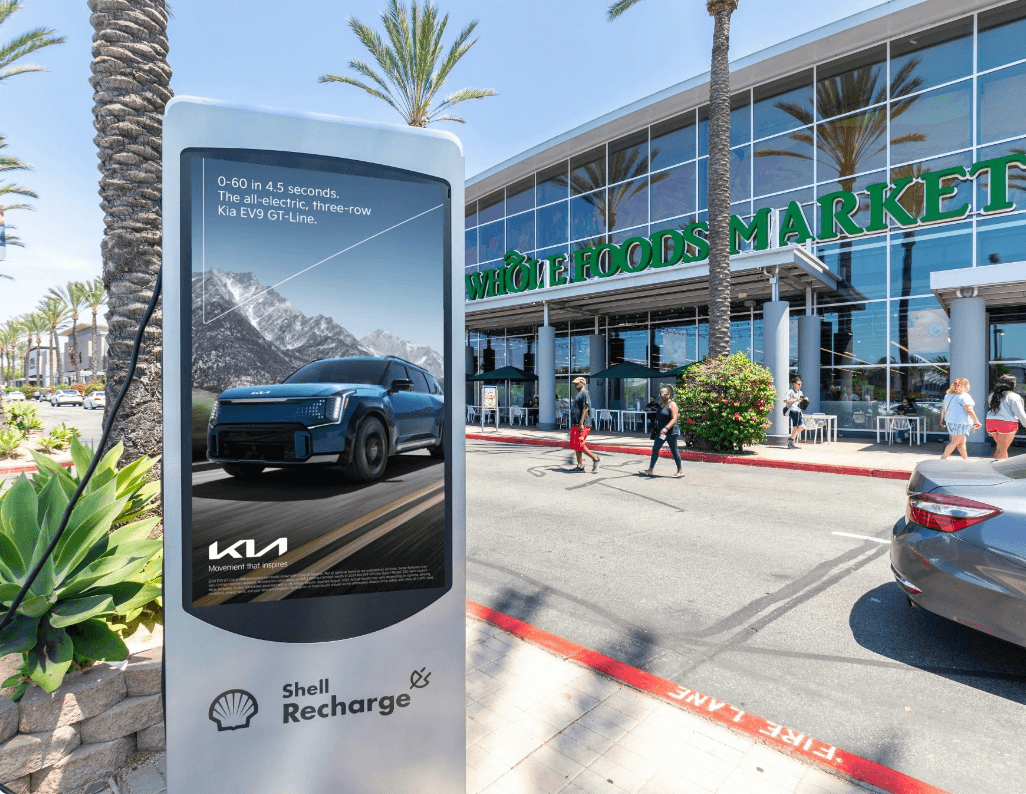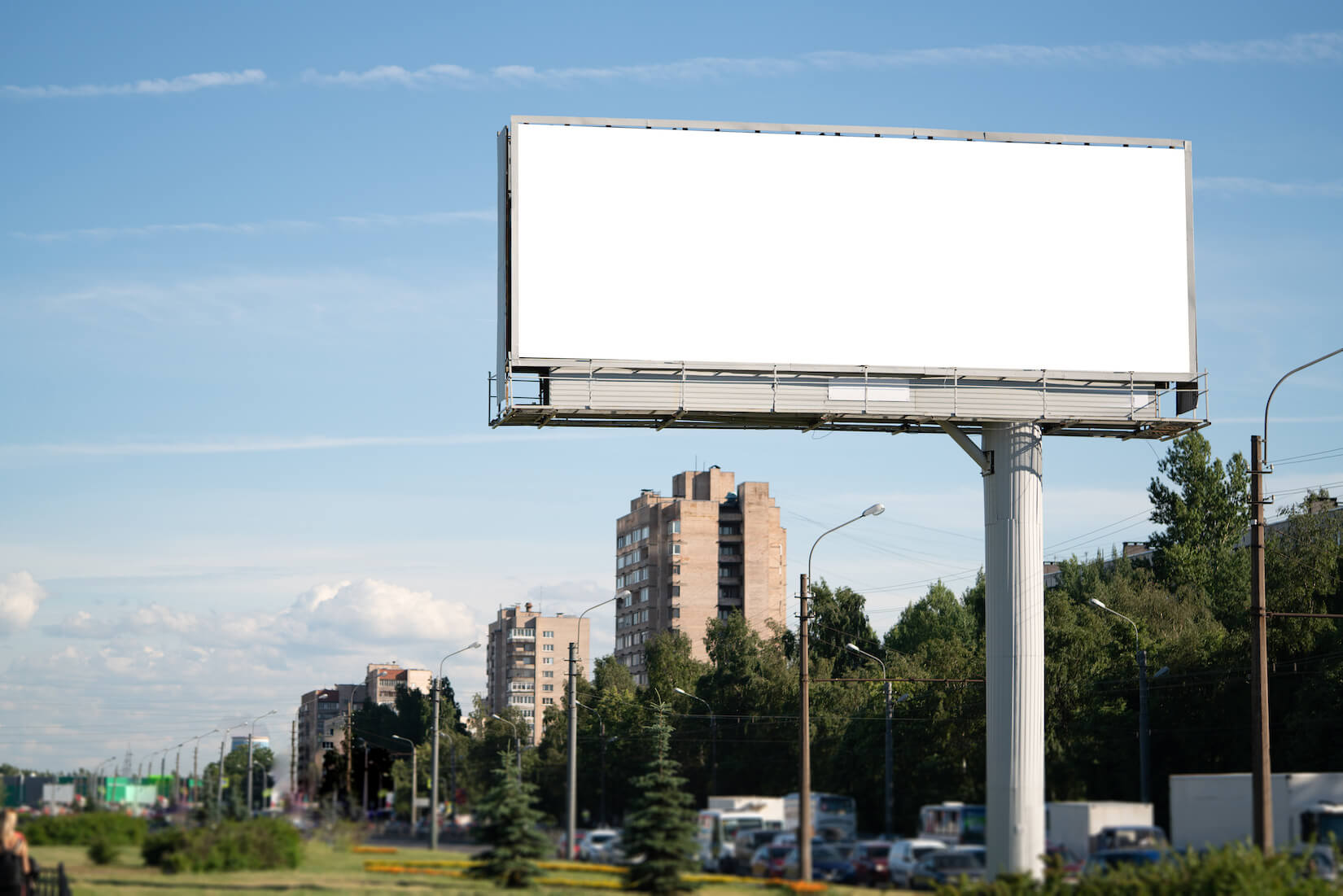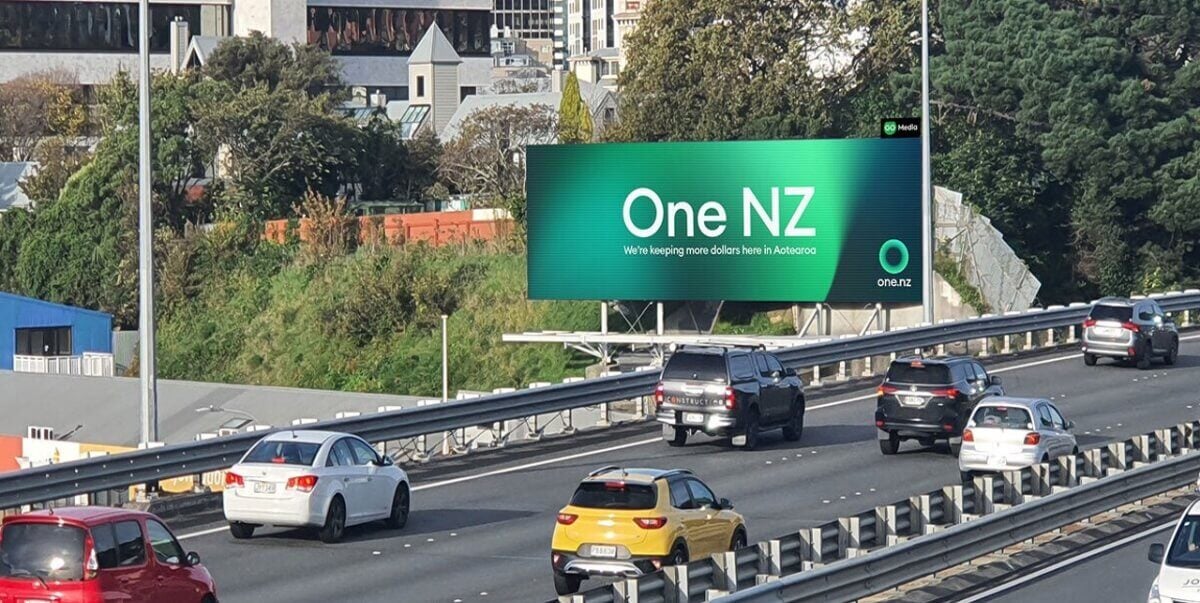
Originally published on the RampUp blog
Over the past 20 years, the digital media landscape has changed dramatically, providing brands with remarkable opportunities to use data to target audiences across multiple channels. But now —thanks largely to the rise of mobile location data— these advancements are finally transforming digital out-of-home (DOOH) advertising. Combining location data and programmatic technology, DOOH is becoming increasingly integrated into omnichannel marketing strategies. Marketers can now put their own data to work using first-party data to find and engage with their core audiences as they move through the physical world.
How REI used digital out-of-home for #OptOutside
REI is one company that has launched DOOH campaigns with great results. The outdoor retailer wanted to engage consumers at multiple touchpoints throughout their day to drive awareness for their #OptOutside Black Friday campaign. Digital out-of-home was a natural fit for the campaign, reaching consumers in contextually relevant environments with high-impact creative.
In order to reach loyal customers, REI worked with an identity resolution provider to take their first-party audience segment and anonymize the data, protecting consumer privacy and making it safe for targeting. Vistar then combined that audience segment with location data to analyze these customers’ movement patterns. Once REI understood how their target audience moved throughout the physical world, they could efficiently activate media at exactly the right times and places.
REI’s DOOH execution for #OptOutside drove a 14% lift in brand awareness, providing valuable insights for the brand’s future campaigns.
Ready to launch a digital out-of-home campaign?
If you’re considering programmatic DOOH for your next campaign, here are three key questions to answer before you begin:
Who do you want to reach?
Of all the things you need to ask before starting a programmatic DOOH campaign, this is by far the most important. For some campaigns, this will start with first-party data, leveraging a similar strategy to REI. Other campaigns may want to target people exhibiting certain behaviors, such as people who visit coffee shops more than three times per week or individuals who frequent competitors’ retail locations. Where people go says a lot about who they are and what they care about, so you can get creative with how you use location signals to define audiences.
Do you have the right creative?
This may sound obvious, but compelling creative is especially important when designing a digital out-of-home message. Unlike display ads that remain on the side of a browser as someone scrolls, or a pop-up that appears on a web page, individuals are moving through an environment when they are viewing a DOOH ad. The creative needs to be just as dynamic. Bold, splashy images and minimal text have proven to be the most effective.
How will you measure the impact of your campaign?
Historically, the out-of-home industry has struggled to concretely show the impact of campaigns using the KPIs brands care about the most. The rise of mobile location data has opened up new measurement opportunities, and brands today should expect their DOOH partners to report on ROI. Whether you care about upper- or lower-funnel metrics, you should be able to get a clear view of your campaign’s impact through brand lift, foot traffic, or sales lift studies. Understanding how DOOH affects things like awareness, consideration, store visitation, and sales should help inform future media planning and provide deeper insights about your audience.
Answering the above will help the programmatic DOOH space grow as a measurable destination of the customer journey.
The out-of-home industry has clearly come a long way. Whether utilizing first-party data or data from other sources, location-driven DOOH provides marketers with the opportunity to connect with consumers at key points in their day, while programmatic technology streamlines the process from start to finish.


